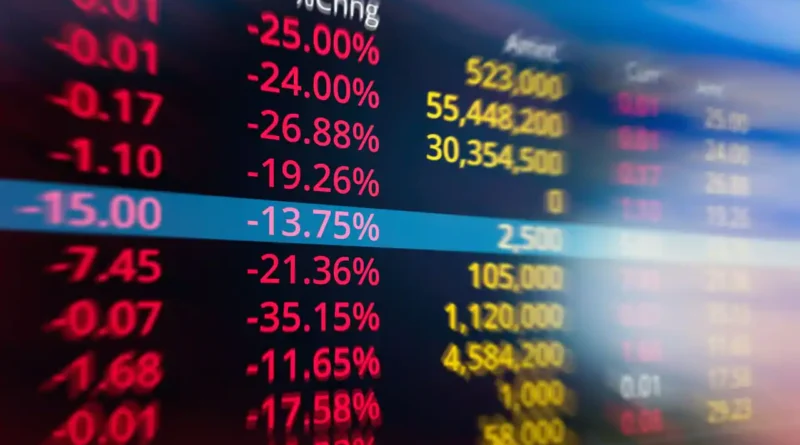How retail investors can ace the index
Enterprise Resource Planning (ERP) software system was a game changer for organizations across the globe.
The use of these applications helps companies streamline operations, automate business processes, manage core business functions, provide transparency, cost savings, increase efficiency, and so on.
In a nutshell, ERP solutions aid in the optimization of business performance, allowing the firm to access the information needed to improve its customer service. ERP aided in bringing a revolution in how businesses were conducted in the 1980s.
The business of investing in the stock market is no different than running your company.
It too needs an ERP system that would enhance the investors’ performances and remove discrepancies.
This is where the concept of Capital Resource Planning (CRP) comes into the picture.
The trading and investing community face several obstacles.
Based on the survey conducted by Samco Securities and Nielsen, about 67% of Indian investors and traders are unable to generate even benchmark threshold returns.
The survey reveals that 77% of investors were not even aware that they consistently need to outperform the benchmark indices.
Individuals manage their own money but often have poor performance management.
This can be due to a variety of factors such as lack of a trading system, faulty performance measurement, acting on emotion in moments of greed and fear, relying on tips and financial influencers, excessive leverage, etc.
According to the study, about 65% of investors are unaware of their exact stock market returns.
It might be attributable to the enormous number of transactions they made, not taking into consideration the length of time, capital gains and dividends earned, leverage used, and so on.
Individual stock market participants must run their trading accounts in a manner where they must consistently outperform the benchmark indices. If they are not being able to beat the markets, then they are left with.
If traders/investors choose the first option here, then they should be able to compute true stock market returns since what can be measured can be improved.
The trading and investing community, like businesses, needs a system to truly evaluate its stock market performance.
The performance tracker will allow them to measure their exact portfolio returns, allowing stock market participants to make better financial decisions to ace the index.
Nifty witnessed a gap up opening above 17,200 levels on 31st March and further accelerated the bullish momentum in the second half of the day and ended with the tall green candle on the daily chart.
Nifty on the weekly chart closed at 17,359.75 levels and ended 2.45% higher, snapping a three-week losing streak.
On the daily chart, the benchmark was trading below its 21-day exponential moving average from the last fifteen trading sessions but was holding strong support and created a base near 16,900 levels.
The bullish candle on Friday’s session showed a greater enthusiasm to close above its 9 & 21 EMA which is placed at 17,116 & 17,222 levels.
The frontline index on the daily chart is trading in a falling channel formation and currently is facing resistance near the upper band of the channel pattern.
The breakout is now expected to fuel the current rally in the index.
Nifty stands at strong support near 100 EMA at 16,650 levels on the weekly chart.
If prices fail to hold at a given level, then it’s likely to see a further correction toward 16,400 levels.
Only a sustained close above 17,500 levels is likely to trigger bullish momentum for 17,800 levels.
By:ET




